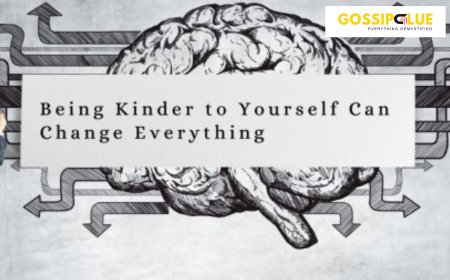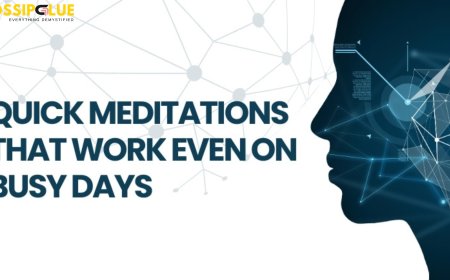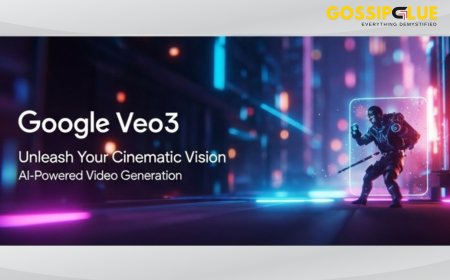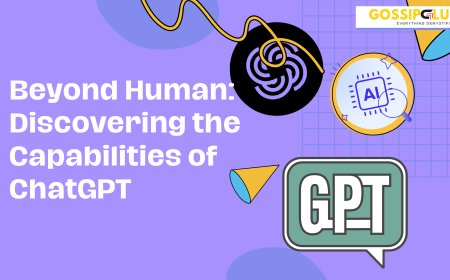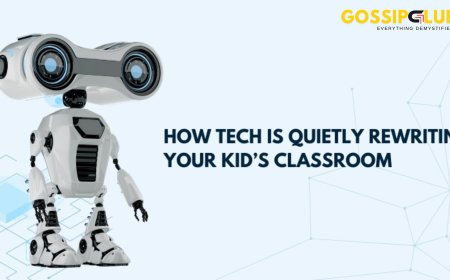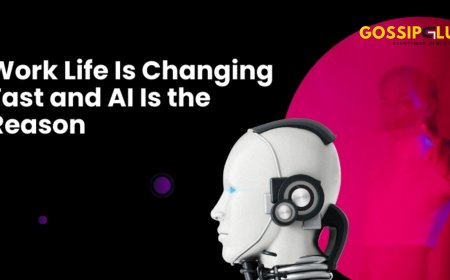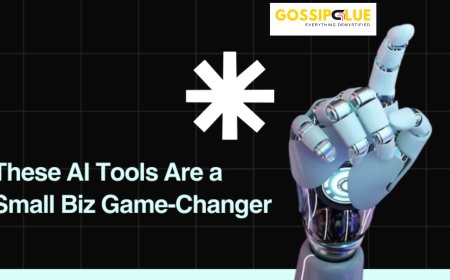AI in Education: How Technology Is Changing the Classroom
Learn how AI is transforming education by personalizing learning, enhancing teaching tools, and reshaping the classroom experience.

AI is reshaping a great enterprise and particularly, education is one of the most promising fields. AI in education now provides individualized learning paths, AI tutoring, and automated grading systems entirely changing how students and teachers learn with education. The subsequent text explores how the advances in AI are changing the classrooms while offering a glimpse into what learning will have ahead.
1. Introduction to AI in Education
Use of artificial intelligence in educational institutions is a path breaking change in digital learning. Teachers are seeking help from AI to automate tasks efficiently, interact better with students and education personalization to all students. Machine learning algorithms’ deployment is causing increases in responsiveness, efficiency, and inclusiveness in educational environments.
2. Personalized Learning for Every Student
AI provides fitting student tailored learning environments. Understudies can advantage by getting AI-dieted substance that is customized to their person learning inclinations in speed and scholarly accomplishment subsequently emphatically impacting learning result. Versatile learning caters to understudies, in this manner permitting all learners to succeed.
Keywords: individualized instruction, responsive learning, instruction based on AI.
3. Intelligent Tutoring Systems (AI Tutors)
The advent of artificial intelligence in the field of tutoring has conceded a lot to the teachers and students as benefits. These systems are designed to be able to answer students’ queries, provide quality feedback, and help the student with complicated subjects. Such platforms like Carnegie Learning and Squirrel AI are giving continuous personalized help beyond the hours of school days.
4. Automating Administrative Tasks
Artificial intelligence automates significant administrative chores such as evaluating assignments, recording attendance, and timetabling lessons. Teachers will henceforth have more time to develop students’ engagement and curriculum. Through the automatization of different educational procedures, educators have higher productivity and lower burnout.
Keywords: Automation by AI, automated assignment marking, teacher productivity enhanced
5. Enhancing Student Engagement through Gasification
AI-powered gasification is overwhelmingly motivating the interest and eagerness of learners. The application of gasification with AI makes a difference to increment the inspiration of understudies and to upgrade their capacity to keep in mind what they think about. Genuine time investigation of the stage empowers changing diversion challenges and fabric concurring to person comes about of understudies.
Keywords: gasified education, AI-based interactive way of working, motivation improvement among students
6. Real-Time Feedback and Assessment
Feedback powered by artificial intelligence delivers instant corrections which enable students to learn from errors, thus, moving faster. Instead of having to wait for several days, students get instant assessment those points out their progress and errors. Constant feedback due to AI propels learning forward and keeps student motivation in mind.
7. AI and Special Education Support
Artificial Intelligence is what’s changing the game in the field of special education. It provides the opportunity of designing personalized learning environments for students with learning disabilities or other impairments. The text-to-speech, speech-to-text, and emotion recognition tools are of great importance for making education accessible and inclusive for student.
8. Virtual Classrooms and AI-Powered Learning Platforms
AI technology enhances the access to the virtual classrooms through introduction of the real-time attendance check, interactive discussion forum and individualized learning. Google Classroom and Microsoft Teams make use of AI technologies to make remote learning efficient and contemporary.
Keywords: digital classrooms, technology supported platforms, e-learning solutions
9. Predictive Analytics for Student Success
Prediction analytics is used by AI technologies to predict academic outcomes. AI algorithms based on the study of the previous information identify at-risk students and suggest a set of properly applied measures. The forward thinking nature of these interventions allows institutions to retain student enrollment and influence better academic performance.
10. The Role of AI in Teacher Training and Development
Artificial intelligence is changing the game of teacher training. By using adaptive training platforms, educators have access to specific instructional methods and technologies that will support their professional development. Simulation and feedback tools driven by AI help teachers become more adequately prepared for and mastering classroom obstacles.
Keywords: CGI, AI-based learning, educator training programmers
11. Ethical Considerations and Future Outlook
The more that AI is part of educational life the more we ought to discuss ethical issues such as student data privacy, biases of algorithms, and balanced use of technology. For us to rationalize equitable and transparent outcomes, we need to use the AI responsibly in education.
When AI is taken into consideration with these matters in mind, it is in great promise to revolutionize educational practices in classrooms through educational technologies to make language learning more convenient for learners.
Keywords: ethical issues in AI, bringing AI into classrooms, how education will be in future
12. Human-AI Synergy in the Contemporary Classrooms
While there are a great number of benefits of artificial intelligence, it cannot replace teachers. The future of education though is in the partnership with artificial intelligence and teachers. Educators use AI to find valuable insights,
Envelop content according to individual needs, and increase results, but human intuition and emotional intelligence are necessary components that cannot be reproduced by AI. The most productive approach to the shaping of modern classrooms is that which embraces both efficiency of AI and empathy teachers.
Conclusion
No longer confined to the wilds of predictions, the world of AI-driven education practices is significantly affecting classrooms all around the world on the spot. AI’s tools for the custom learning, automated streamlining, and instant feedback are revolutionizing education to become more accessible and convenient, automated and student-focused. Going forward, it is necessary to emphasize a synergy between technological changes and human understanding in order to create a more inclusive and successful decorum of education.
What's Your Reaction?
 Like
0
Like
0
 Dislike
0
Dislike
0
 Love
0
Love
0
 Funny
0
Funny
0
 Angry
0
Angry
0
 Sad
0
Sad
0
 Wow
0
Wow
0












